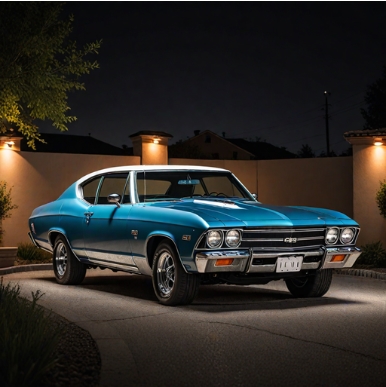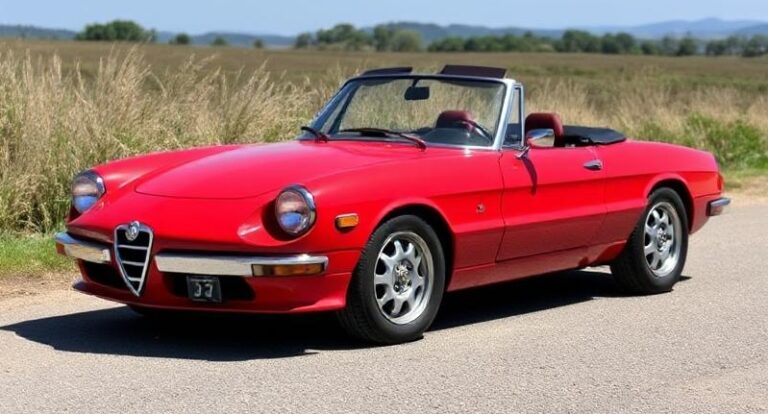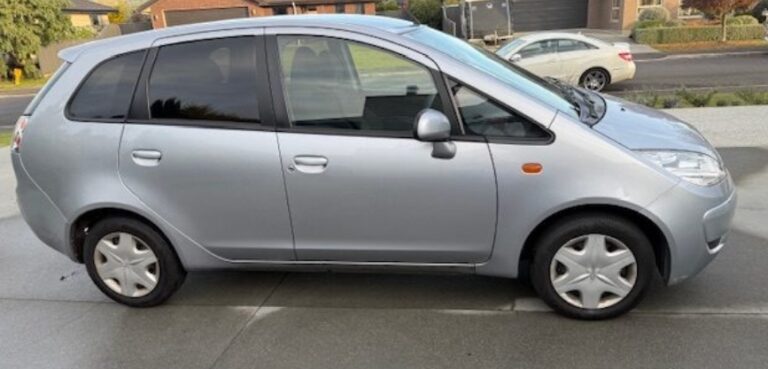The Evolution of the Honda S800: A Classic Roadster
The Honda S800 holds a special place in automotive history, representing the company’s early forays into sports cars and showcasing Japan’s burgeoning automotive industry in the 1960s. Produced from 1966 to 1970, the S800 is celebrated for its advanced engineering, distinctive design, and spirited performance. Over the years, the S800 evolved through meticulous design and engineering refinements, leading to a series of models that captured the imagination of car enthusiasts. This article delves into the evolution of the Honda S800, examining its production years, models, and trim levels.
Introduction to the S800
Launched in the mid-1960s, the Honda S800 was the successor to the S600 and marked Honda’s ambition to enter the compact sports car market. Designed by the skilled hands of a team led by Shoji Matsumoto, the S800 embodied the spirit of innovative engineering that Honda was known for at the time. The vehicle’s lightweight construction, high-revving engine, and sporty design made it a standout choice for enthusiasts looking for an engaging driving experience.
Timeline and Production Years
- Production Years: 1966 – 1970
- Total Units Produced: Approximately 11,000 units
The Honda S800 was produced over a relatively short span from 1966 until 1970, but during that time, it made a significant impact in the automotive world. Over the period of its production, Honda rolled out several models and variations, showcasing an array of features and designs.
Model Variants
S800 Coupe (1966-1970)
Launch Year: 1966
The original S800 was introduced as a 2-door coupe, which featured a sleek design accentuated by defining lines and aerodynamic styling. The coupe was powered by a 791 cc dual overhead cam, four-cylinder engine that delivered impressive performance for the era. With a maximum output of about 70 horsepower at 8,000 RPM, the S800 Coupe could achieve a top speed of approximately 100 mph.
Performance Features:
- 4-speed manual transmission
- Independent front suspension with double wishbones and rear swing axle
- Disc brakes on the front wheels
The S800 Coupe featured a sporty interior with basic amenities, allowing drivers to focus on the driving experience itself rather than luxurious comforts.
S800 Roadster (1966-1970)
Launch Year: 1966
Alongside the coupe, Honda introduced the S800 Roadster, a variant that offered a more open top experience with a convertible-like feel. The Roadster featured similar mechanical specifications but was equipped with a soft top, allowing enthusiasts to enjoy a thrilling drive under the open sky.
Key Differences from the Coupe:
- Removeable soft top
- Lightweight construction, making it slightly quicker
- Distinctive styling cues that emphasized its sporty character
Like the Coupe, the Roadster retained essential performance features, boasting the same engine and suspension setup.
Trim Levels
While the S800 was primarily marketed in two body styles, there were different trim levels and special editions throughout its production run.
Standard Trim
- The standard trim of both the Coupe and Roadster featured the essential equipment necessary for a compact sports car, including a basic radio, vinyl seating, and manual windows.
Deluxe Trim
- The Deluxe trim of the S800 introduced several comfort and aesthetic upgrades, like improved upholstery and additional chrome trim. This version aimed to capture a more premium driving experience without sacrificing the sporting characteristics.
Special Editions and Legacy
Throughout its production, Honda occasionally released special editions and variations that had minor changes in features, colors, or aesthetic accents. However, the core engineering, design, and performance attributes remained consistent across the different models.
The S800’s legacy endures in the form of car clubs, restoration projects, and a dedicated enthusiast community. The car’s lightweight design and rev-happy engine made it a popular choice among amateur racers, contributing to its cult status within the classic car community.
.
what could be better than 2 favorites: music and hot rods?
.
Conclusion: The Legacy of the Honda S800
The Honda S800 exemplifies the early ambitions of Honda as an automaker. As a compact sports car, it drew accolades for its innovative engineering, dynamic performance, and captivating design. Despite its limited production run, the S800’s impact on the automotive world continues to resonate, particularly among fans of vintage Japanese sports cars.
After the S800’s production ended in 1970, Honda shifted its focus towards developing more advanced automobiles, solidifying its reputation as a leading global automaker. The S800, however, remains a notable chapter in that evolution—a testament to innovation, engineering, and the joy of driving.
Today, the Honda S800 is celebrated as a classic, with well-maintained models fetching a premium in the collectors’ market. The vehicle’s lightweight construction, high-revving engine, and passionate fan base ensure that the Honda S800 will continue to be cherished for years to come, marking its place as a remarkable symbol of Japan’s automotive history.







